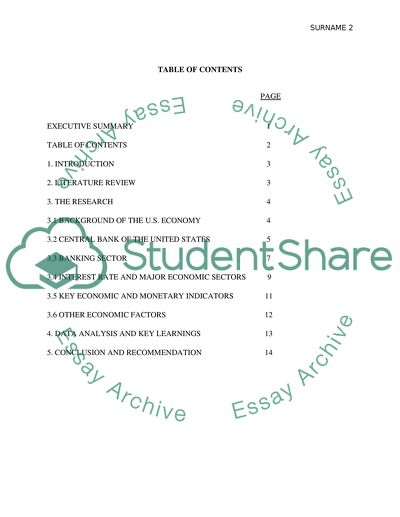Cite this document
(“Monetary policy in the US Research Paper Example | Topics and Well Written Essays - 2750 words”, n.d.)
Monetary policy in the US Research Paper Example | Topics and Well Written Essays - 2750 words. Retrieved from https://studentshare.org/macro-microeconomics/1402664-monetary-policy-about-the-us
Monetary policy in the US Research Paper Example | Topics and Well Written Essays - 2750 words. Retrieved from https://studentshare.org/macro-microeconomics/1402664-monetary-policy-about-the-us
(Monetary Policy in the US Research Paper Example | Topics and Well Written Essays - 2750 Words)
Monetary Policy in the US Research Paper Example | Topics and Well Written Essays - 2750 Words. https://studentshare.org/macro-microeconomics/1402664-monetary-policy-about-the-us.
Monetary Policy in the US Research Paper Example | Topics and Well Written Essays - 2750 Words. https://studentshare.org/macro-microeconomics/1402664-monetary-policy-about-the-us.
“Monetary Policy in the US Research Paper Example | Topics and Well Written Essays - 2750 Words”, n.d. https://studentshare.org/macro-microeconomics/1402664-monetary-policy-about-the-us.


